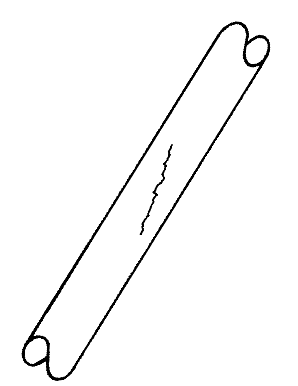Yes… here we go again! If we wish to claim an Excess Flow Valve as a “layer of protection” against a hose/pipe failure, we then MUST ensure the device is SIZED properly, INSTALLED properly, OPERATED properly, and MAINTAINED properly. This is what is called process safety management and for the life of me, I just can’t understand this out-of-sight = out-of-mind concept, along with how much reliance so many place on these safety valves. Heck, EVEN the manufacturers of these safety valves tell us excess flow valves should NOT be relied upon as the ONLY means of controlling the escape of product in the event of piping damage. When possible, shut-off protection by quick closing valves, with shut-off controls accessible in spite of likely line damage, should be provided IN ADDITION TO, or instead of excess flow valves.
Rightfully so, many of our codes/standards REQUIRE these excess flow valve; unfortunately, it is a rare occasion for us to find them being applied properly. In the past 5-years, I can not even count the number of audit and PHA findings we have suggested regarding Excess Flow Valves and every time we use the manufacturer’s own requirements, so this is not some out of this world “Haywood Process Safety Requirement”. This is the 20th article in which I have discussed Excess Flow Valves and it is common for me to get many questions regarding my articles as they always seem to trigger someone to realize they are like the rest of us… they too have a flaw in their system. These items are taken directly from my favorite EFV manufacturer… Rego (not an endorsement, just my favorite)
An excess flow valve is not designed to close and thus may not provide protection if any of the following conditions are present:

